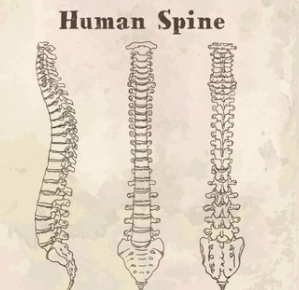Scoliosis
1. ...............................
2. ................................
A normal spine, when viewed from behind, appears straight. However, a spine affected by scoliosis looks like an S or C, giving the appearance that the person is leaning to one side. The Scoliosis Research Society defines scoliosis as a curvature of the spine measuring 10 degrees or greater. Spinal curvature from scoliosis may occur on the right or left side of the spine, or on both sides in different sections.
3. ................................
In over 80 percent of cases, the cause of scoliosis is unknown. It is more common in females than males. According to the National Institute of Arthritis and Musculoskeletal and Skin Diseases, three to five out of every 1,000 children develop spinal curves that require treatment. The American Academy of Orthopaedic Surgeons, in co-operation with the Scoliosis Research Society, describe three different types of scoliosis that can occur in children — congenital (present at birth), neuromuscular, or idiopathic. The congenital type occurs during foetal development. The neuromuscular type is associated with many neurological conditions such as spinal-cord tumours, especially in those children who do not walk. There are three types of idiopathic scoliosis: infantile, juvenile and adolescent.
The infantile type occurs from birth to age three. The curve of the vertebrae is to the left and is more commonly seen in boys.
Typically, the curve resolves as the child grows. Juvenile scoliosis occurs in children between ages three and ten. Adolescent scoliosis occurs in children between ages ten and eighteen. This is the most common type of scoliosis and is more commonly seen in girls.
4. ...........................
The following are the most common symptoms of scoliosis. Symptoms may include:
• Difference in shoulder height
• The head not being centred with the rest of the body
• Difference in hip height or position
• Difference in shoulder blade height or position
• When standing straight, difference in the way the arms hang beside the body
• When bending forward, the sides of the back appearing different in height
Early detection of scoliosis is most important for successful treatment. Paediatricians, family physicians and even some school programs routinely look for signs that scoliosis may be present.
(Adapted from Stanford Childrens website)

